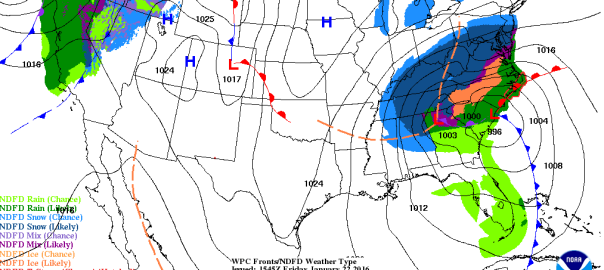MARKETING PINBALL
The CMO of Publishers Clearing House writes on Ad Age about the death of the marketing funnel and the birth of marketing pinball. The article’s focus on brands means it’s only moderately useful for book publishers, but it’s still a good read about the current state of the customer journey—instead of traveling along a well-defined linear path from awareness to inquiry to intent to purchase, the current path-to-purchase happens in a field of touchpoints as the consumer bounces from desktop research to stores to blogs to coupons to stores to reviews to comparison shopping.
OUR CROSS-PLATFORM WORLD
If you want to play marketing pinball, you have to start understanding our cross-platform world. One place to start is this recent comScore report.
A CLOUD OF DON DRAPER MOMENTS
CMO online interviews Wunderman CEO Seth Solomons on creativity and data:
“Today it’s about delivering more experiences at the points in time that matter most to the brand’s consumers. For me, it’s no longer about landing on a single Don Draper moment. Data and an understanding of engagement expectations are what make multiple Don Draper moments possible, on the devices and platforms that matter most.”
Another way to think about this, is to apply the baseball metaphor business writer and blue chip consultant Ram Charan uses in his advice for companies: it’s better to hit a whole series of singles than to keep swinging for a home run.
MESSAGING MARKETING IS HERE AND IT TALKS LIKE A BOT
The ability of AI to hold a conversation in messaging apps is beginning to show fruit in the messaging world, with implications for customer service—and, by extension, marketing.
To learn more start with this article in Adweek:
“[A] growing number of startups [employs] automated messaging to help consumers do everything from hailing cabs to paying bills. Some say these services, known as chatbots, could be the biggest digital to-do since mobile apps. The bots are forms of artificial intelligence that create personalized one-to-one interactions.”
Then you can read more on chat bots from Digiday.
THE BENEFITS OF TARGETING TRANSPARENCY
A new study discussed in the Harvard Business Review suggests that not only do ads targeted to user behavior outperform non-targeted ads, but they do even better when the users *know* that they’re being targeted because of user behavior. Score another one for transparency.
NEW BILLBOARDS ONLY HAVE EYES FOR YOU
A new campaign for General Motors uses cameras that identify passing cars by their grills and deliver customized billboards explaining to drivers of Nissan Altimas, Toyota Camrys, Hyundai Sonatas exactly how the Chevy Malibu is a superior car to the one they’re driving. Creepy? Maybe. Or maybe it’s an extension of the online targeting that consumers are beginning to expect. Imagine a subway billboard telling a Cassandra Clare reader all the ways your new YA fiction title would make a great next read.
MOBILE ATE THE WORLD
Benedict Evans has updated his “Mobile Eats World” presentation—in case you still need convincing about the ubiquity of mobile devices.
ADBLOCKING HOLDS STEADY AT 10%
A recent comScore report suggests that ad blocking is holding steady at 10% of desktop users, and is not ramping up as had been feared. Younger males are far and away the most likely group to block ads.









